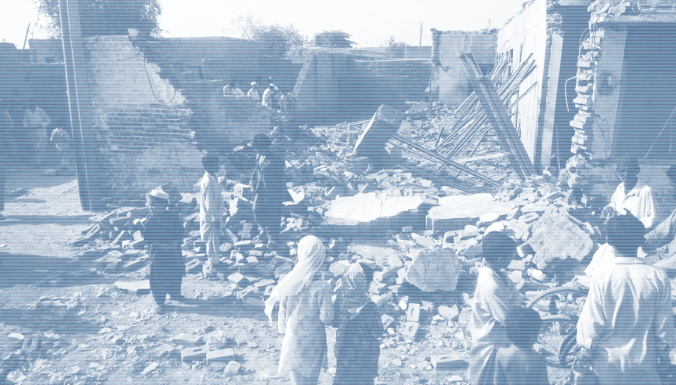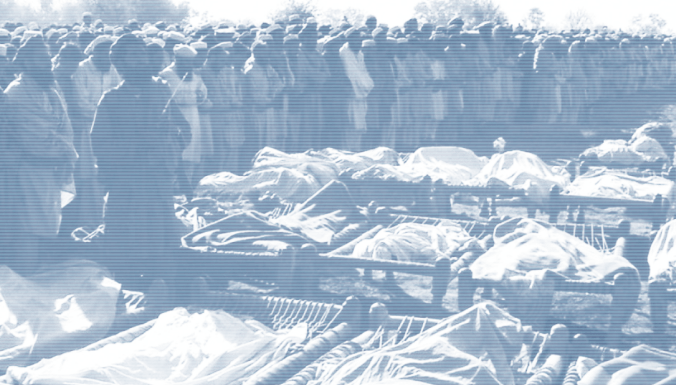
INDEXING STRIKE LOCATIONS
Every entry across all datasets are marked by a single strike. "Strikes" are considered "a missile or missiles fired at one location in a short time period," & are given a unique identifying code.[5] There is also an effort to archive these strikes' locations, with some datasets reaching the specificity of village name, yet some are noted to have "unknown locations."

PR / JOURNALISM & DRONES
The dataset is interested in the public relations regarding the drone campaign. Strikes are reported as “possible” unless they are confirmed by a US government source, named international sources, or by three local sources, in which case they are reported as “U.S. Confirmed."

CASUALTIES
The maximum count of people who have been killed includes updated counts as rescue efforts continue or people succumb to their injuries. It may be presented as a range to reflect vaguely reported casualties or if there are inconsistencies in casualty figures in reports covering the same strike.